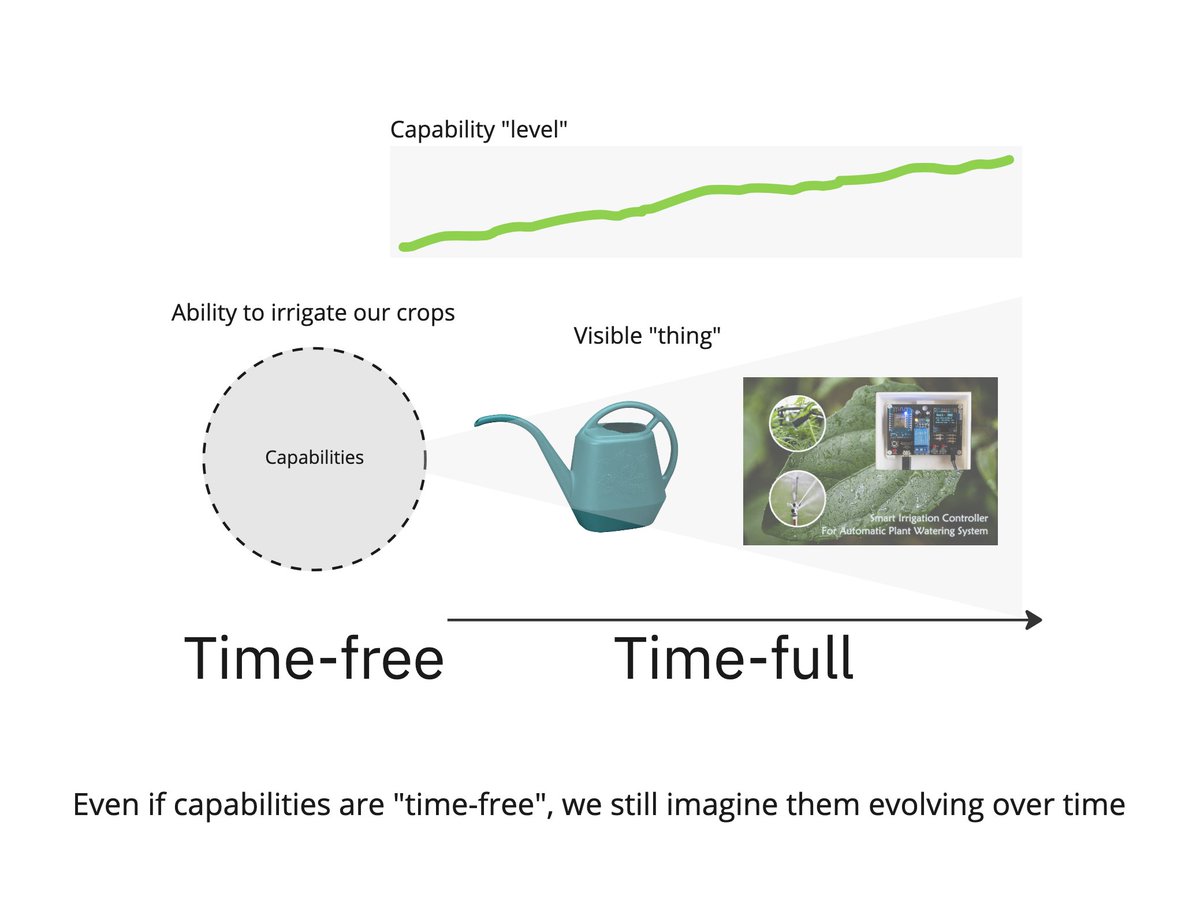My product-nerd-friend @atheus...hey you should post a thread of some drawings. Here goes:
1. The classic “here’s why you do incremental delivery” drawing ... aka “how not to dig a deep hole”. Yet legacy budgeting practices encourage one/not other
#prodmgmt #ux #design @atheus
1. The classic “here’s why you do incremental delivery” drawing ... aka “how not to dig a deep hole”. Yet legacy budgeting practices encourage one/not other
#prodmgmt #ux #design @atheus

2. Here’s is the “perpetual cone of uncertainty” ... namely, unless you are a project shop, you’re likely to ALWAYS have uncertainty, even if you are also reducing it constantly
#prodmgmt #ux #design @atheus @ProductPlan
#prodmgmt #ux #design @atheus @ProductPlan

3. I’m seeing this crazy symmetry in terms of systems / technology & org design. They are all feeding into each other. Exhibit 1: the shift from batch processing to stream processing (cc @gwenshap ) and networked orgs @NielsPflaeging
#prodmgmt #ux #design @atheus @productplan
#prodmgmt #ux #design @atheus @productplan

4. What are you willing to pay to bet on the race AFTER the elephants have left the starting gate? What if it is free, but your competitors aren’t doing that?
Yet, traditional annual budgeting prevents us from playing this (more fun) game
#prodmgmt #design @atheus @productplan
Yet, traditional annual budgeting prevents us from playing this (more fun) game
#prodmgmt #design @atheus @productplan

5. How much time is your team spending on the value-add work vs. the “other things” ? And are you trying to get at this through some weird proxy of story points, time tracking, etc.? This is a hard question for many teams to answer.
#prodmgmt #ux #design @atheus @productplan
#prodmgmt #ux #design @atheus @productplan

6. At what point does pragmatism and “just pushing through” create even more trouble? It can be a fine line ...
#prodmgmt #ux #design @atheus @productplan
#prodmgmt #ux #design @atheus @productplan

7. I love this idea of nested sense/respond loops ... if these get too out of sync, you’ll get caught in a bit of a trap ... the output loop will spin WAY faster than the benefits loop. The goal is keep these orbits in better sync.
#prodmgmt #ux #design @atheus @productplan
#prodmgmt #ux #design @atheus @productplan

9. There’s a point when the fear sets in. “We’re going to slow”. You can step back, or you can get sucked in...
#prodmgmt #ux #design @atheus @productplan
#prodmgmt #ux #design @atheus @productplan

10. This was an analog drawing ... on a whiteboard. I think it sums up nicely some themes from lean, #kanban, #modernagile
#prodmgmt #ux #design @atheus @productplan
#prodmgmt #ux #design @atheus @productplan

11. We see a chunk of work. But are we looking below the surface when estimating?
#prodmgmt #ux #design @atheus @productplan
#prodmgmt #ux #design @atheus @productplan

12. And finally ... meditating on the value of focusing myopically on “the problem” vs. creating a new attract and just letting things play their course.
#prodmgmt #ux #design @atheus @productplan
#prodmgmt #ux #design @atheus @productplan

• • •
Missing some Tweet in this thread? You can try to
force a refresh
















